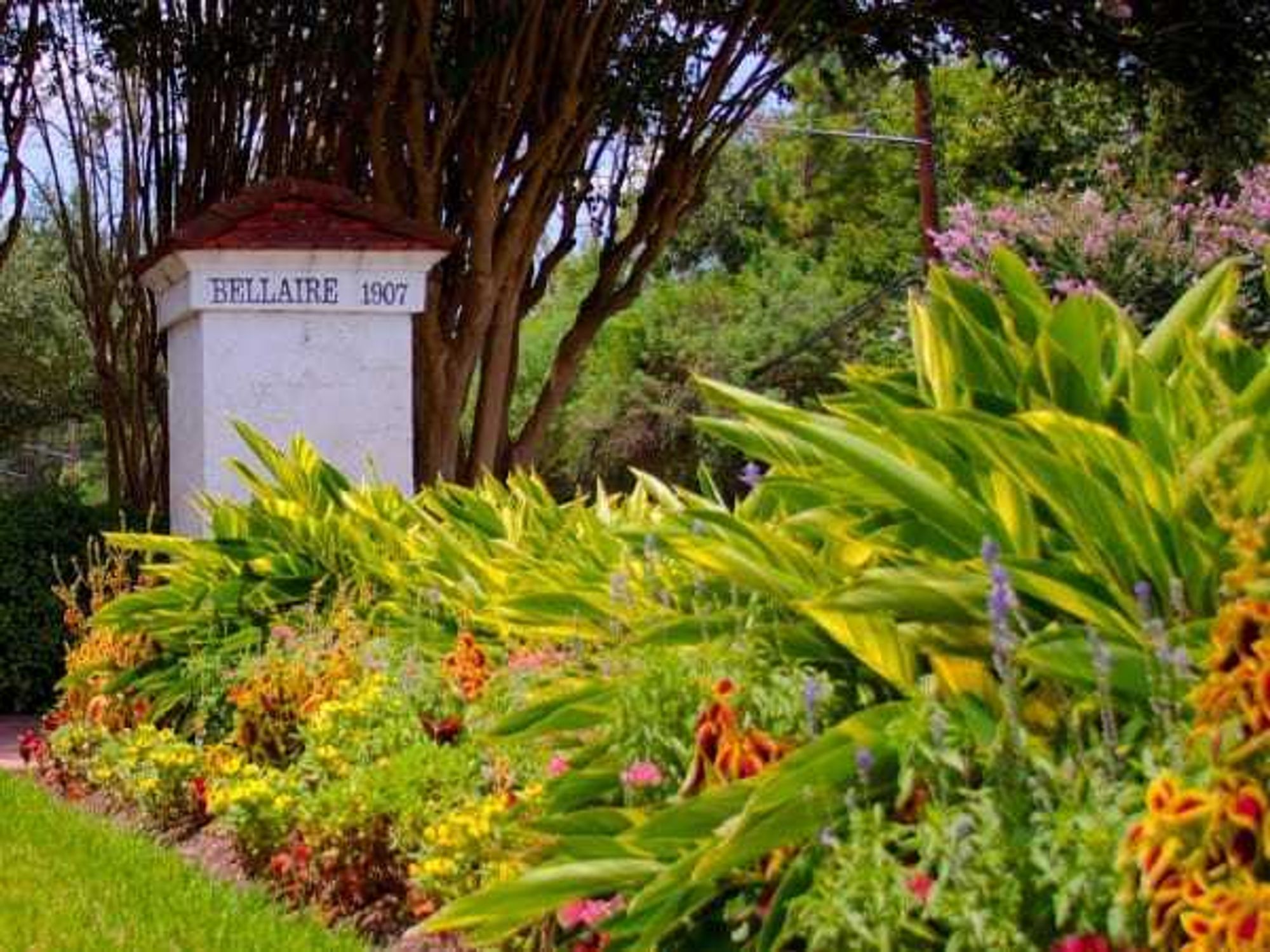Train News
Dallas-Houston high-speed train hires eco company to keep route green

Texas Central, developers of the high-speed train proposed to run between Dallas and Houston, has selected a Texas-based company to oversee the environmental side of the project: Resource Environmental Solutions (RES) will help protect and enhance natural ecosystems and the environment throughout construction and operations.
Operating out of its Houston offices, RES will oversee plans to comply with US Army Corps of Engineers' (USACE) requirements that the project restore, enhance, and preserve wetlands, streams, and environmentally sensitive habitats along the train's route between Houston and North Texas.
According to a release, RES is the largest ecosystem restoration provider in the United States. In the past decade, it has restored more than 58,000 acres of wetlands, enhanced more than 290 miles of streams, and planted more than 14 million restorative trees.
Recent projects include Maurepas Swamp in Louisiana, the Brooks Creek Wetland Mitigation Bank in Bowie County, and the Robinson Fork Stream Mitigation Bank, the largest floodplain restoration project in the northeastern United States.
RES is also working on the Bois d’Arc Lake Mitigation Area, a 16,600-acre reservoir being built in Fannin County to provide water services to 80 communities in North Texas that's the largest permittee-responsible mitigation project in U.S. history. The restoration area encompasses more than 8,500 acres of wetlands, 70 miles of streams, 3,200 acres of native grasslands, and 2,600 acres of non-wetland forests.
RES will help Texas Central meet regulatory requirements for environmental mitigation, collaborating with community leaders to identify local and regional conservation opportunities. The plan includes rebuilding and restoring wetlands and streams in the impacted watersheds, enhancing the viability of sub-watersheds that are close to the route.
Brian Trusty, VP of the Audubon Society, gives a thumbs up, stating that "Audubon believes the project is a win-win opportunity for both Texans and the wildlife in our state."
"Providing large-scale transportation opportunities that work to reduce carbon emissions, while supporting further economic prosperity and connectivity between the Dallas and Houston metro areas, is progressive and forward-looking," Trusty says. "Partnering with RES ensures the project will be done right, and we are thankful to see Texas Central take this step."
The project's scale will allow RES to identify not only isolated pockets along the route that require restoration, but also entire complexes of streams and wetlands suitable for improvement and conservation.
RES will select mitigation sites and designs that collectively improve the ecological functions of broad areas, including some near the Trinity River, Navasota River, Spring Creek, and Cypress Creek.
This environmental work, combined with innovations of an all-electric high-speed train system, will provide the most environmentally friendly travel choice between Houston and North Texas. The train is estimated to remove more than 14,630 cars per day from I-45.
Other ecological benefits:
- As compared to highway development, for every one mile of high-speed railroad tracks, about 450 acres of farmland will be preserved.
- The all-electric system will utilize the latest in green technologies, such as regenerative braking systems.
- Texas will use the newest generation of Shinkansen trains, the N700 Supreme, which consumes seven percent less energy and weighs seven tons less than the previous model. Lighter trains result in less noise, vibration, and impacts on materials and land.
- The route largely follows existing rights-of-way corridors, resulting in the fewest possible impacts to socioeconomic, natural, physical and cultural environments.
Consistent with Texas Central's commitment to create opportunities for small, minority, women, rural, and veteran-owned businesses, RES has engaged several small businesses to support its work for the project.
RES CEO Elliott Bouillion says in a release that it's possible to achieve both "environmental sustainability and advanced infrastructure."
"Texas high-speed train is an excellent example of how a modern, green infrastructure approach can be harnessed for both ecological and economic benefits," he says.

 David and Melissa Loder's Elf Town is on Penbrook Court in the Deerfield subdivision of Plano. Photo courtesy of David and Melissa Loder
David and Melissa Loder's Elf Town is on Penbrook Court in the Deerfield subdivision of Plano. Photo courtesy of David and Melissa Loder